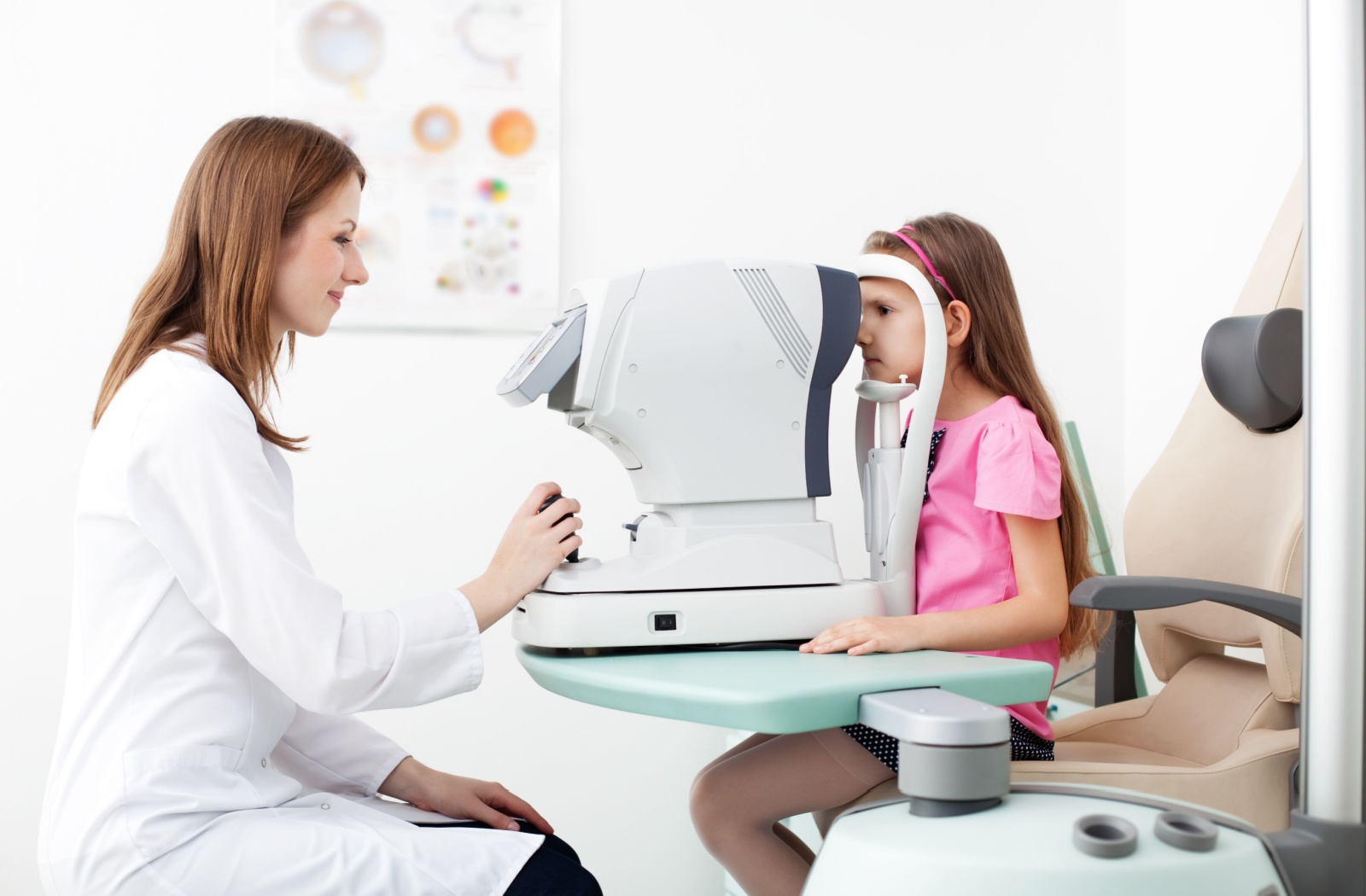Eyesight is a critical sense that impacts nearly every aspect of our lives, from navigating our environment to absorbing information.
Yet, when it comes to eye health, many people may not know the difference between common vision problems such as astigmatism and myopia. Recognizing the distinction between these conditions is vital to managing your eye health effectively.
Myopia, also known as nearsightedness, occurs when distant objects appear blurry. On the other hand, astigmatism results in distorted or blurry vision at any distance due to an irregularly shaped cornea or lens.
Common Refractive Errors
Astigmatism and myopia are both refractive errors, meaning they affect how light is bent (or refracted) within the eye, leading to blurred vision. While they can often coexist, their causes and impacts on our vision differ.
Understanding these differences is crucial, especially for parents monitoring their children’s eye development and for working professionals who depend on clear vision for productivity.
Understanding Astigmatism
Astigmatism arises from an irregular curvature of the cornea or lens, resulting in light being focused unevenly on the retina. This irregularity can be genetic or develop following an injury or eye surgery.
Common Symptoms
- Blurred or distorted vision at all distances
- Difficulty with night vision
- Eye strain and headaches
Diagnostic Tests & Treatment Options
An optometrist can diagnose astigmatism using standard vision tests, keratometry, and corneal topography. Treatments usually involve corrective lenses, such as toric contact lenses or eyeglasses. In some cases, refractive surgery like LASIK may be an option.
Understanding Myopia
Myopia, or nearsightedness, is when objects nearby are clear while distant objects appear blurred. It’s caused when the eyeball is too long or the cornea has too much curvature, causing light to focus in front of the retina.
Common Symptoms
- Blurred vision when looking at distant objects
- The need to squint to see clearly
- Eye strain and headaches from prolonged focus
Myopia in Children
When kids develop myopia, they often struggle to clearly see objects at a distance. This can lead to difficulties reading the board in class, following visual presentations, and participating in outdoor activities. As a result, their academic performance and overall engagement in the learning environment may be affected.
Early detection and management of myopia are essential to make sure that children receive the necessary support to thrive in their academic and social environments. Regular eye checkups, wearing corrective eyewear, and creating a supportive learning environment can help mitigate the impact of myopia on kids’ learning experiences.
Diagnostic Tests & Treatment Options
Similarly to astigmatism, myopia is diagnosed through vision tests. Treatment primarily involves the use of eyeglasses or contact lenses. For long-term management, options like orthokeratology (ortho-k) or myopia control lenses can slow progression in children.
Brantford Eye Care offers various myopia control options for children’s vision, including:
- Atropine eye drops to help slow down the progression of myopia.
- CooperVision MiSight contact lenses redirect light to manage myopia development.
- HOYA MiyoSmart eyewear lenses address abnormal eye growth associated with myopia.
Differences Between Astigmatism & Myopia
The essential distinction between astigmatism and myopia lies in their root causes: the shape of the cornea or lens for astigmatism versus the length of the eyeball for myopia. This basic difference leads to varying impacts on vision—astigmatism distorts vision at all distances, while myopia affects explicitly distance vision.
Overlapping Symptoms & Impact
Both conditions can cause blurred vision and eye strain, making it challenging to distinguish between them without a professional diagnosis.
Vision irregularities can damper day-to-day activities, impacting the ability to read, drive, and work efficiently, especially in occupations that require precise visual detail or long hours in front of digital screens.
Managing Your Eye Health
When these vision problems are left unaddressed, they can lead to various complications that impact overall eye health.
Maintaining eye health involves regular eye exams and proactively managing your vision with proper lighting, breaks from screen time, and wearing your prescription eyewear. Certain exercises and good nutrition may also support eye health, although genetics heavily influence these conditions.

Understand Your Eye Health with an Eye Exam
The differences between astigmatism and myopia are subtle yet significant, and understanding them is essential for managing your eye health proactively. With this knowledge, you can take informed steps to help preserve your vision and maintain a high quality of life.
Regular checkups with your eye doctor are a great way to monitor your eye health and make appropriate decisions about treatment and management. Book your next eye exam at Brantford Eye Care today.




